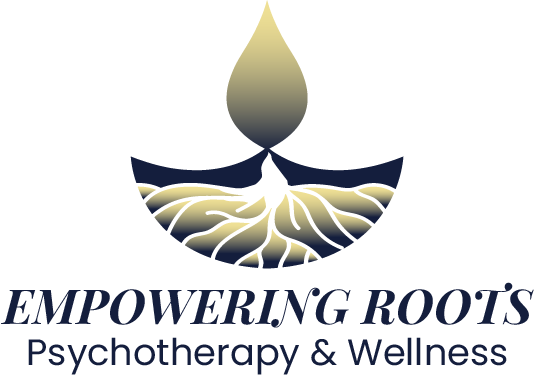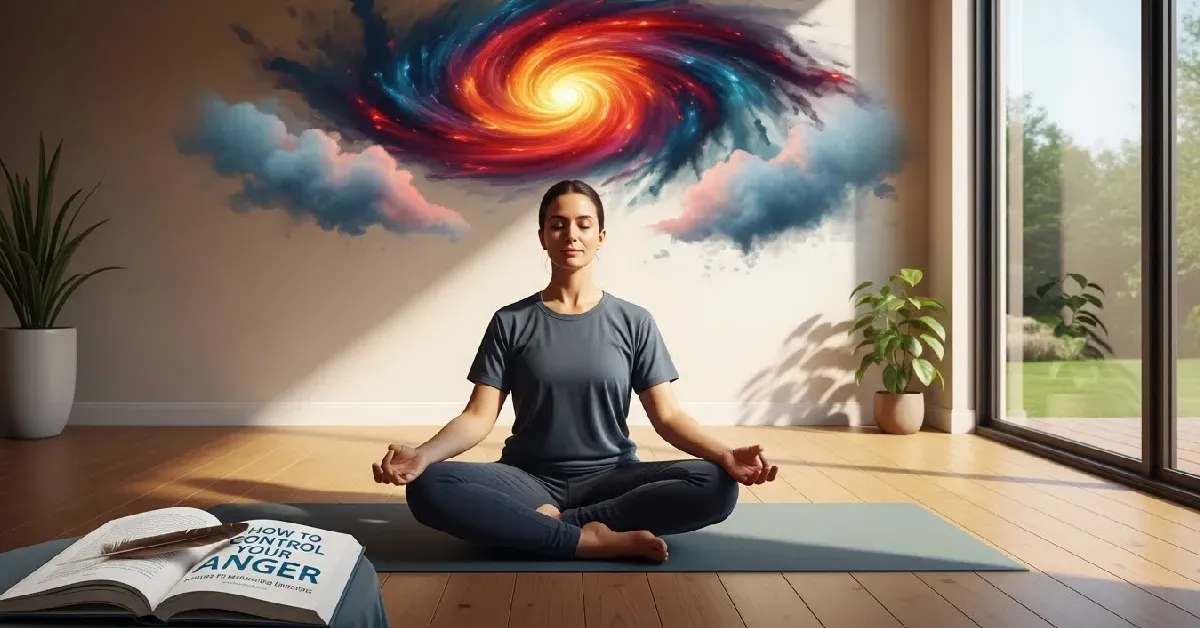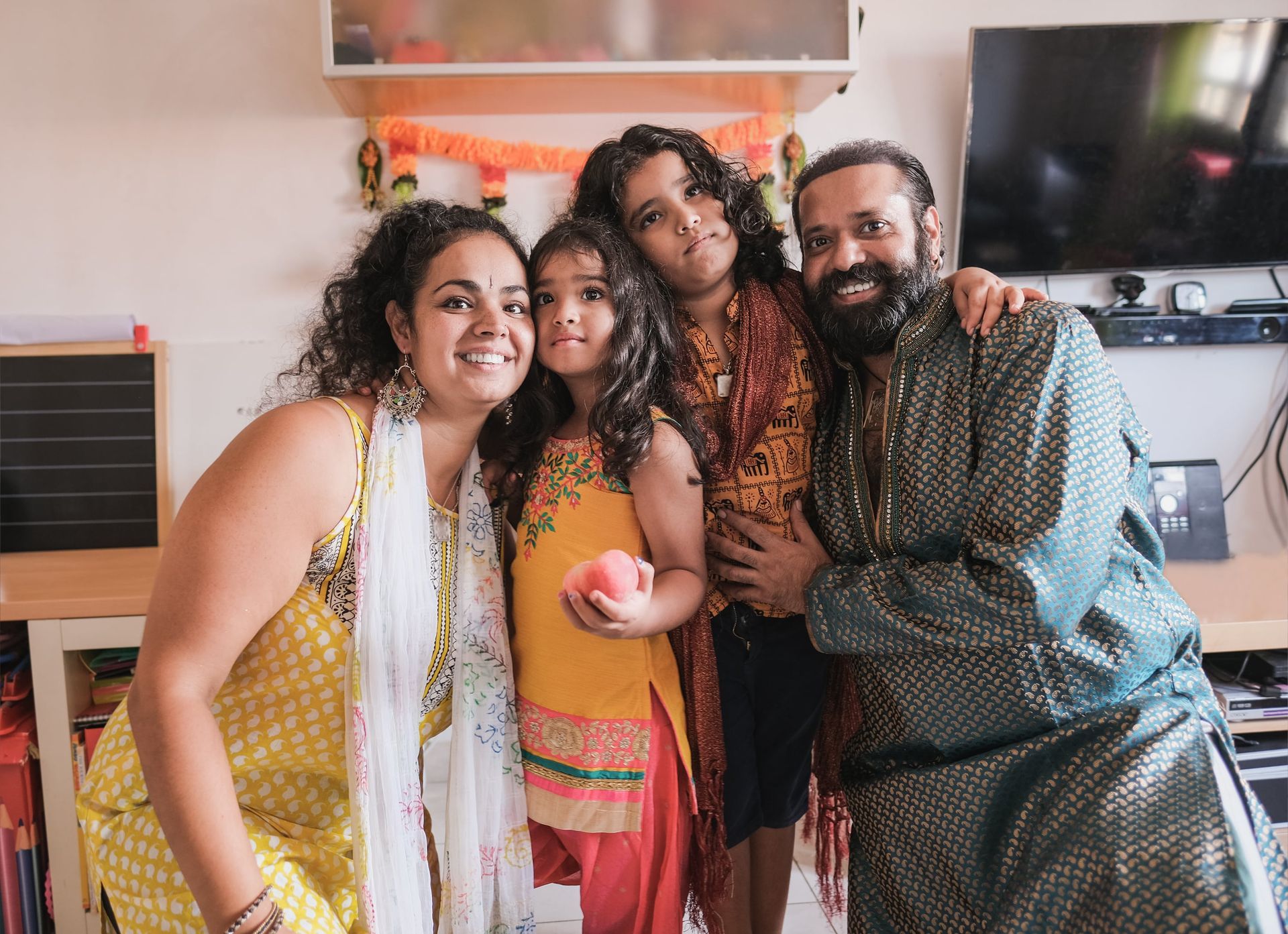What Does Anxiety Feel Like?
Learn how anxiety shows up in your body and mind, and how culturally sensitive therapy can help you find calm and balance.
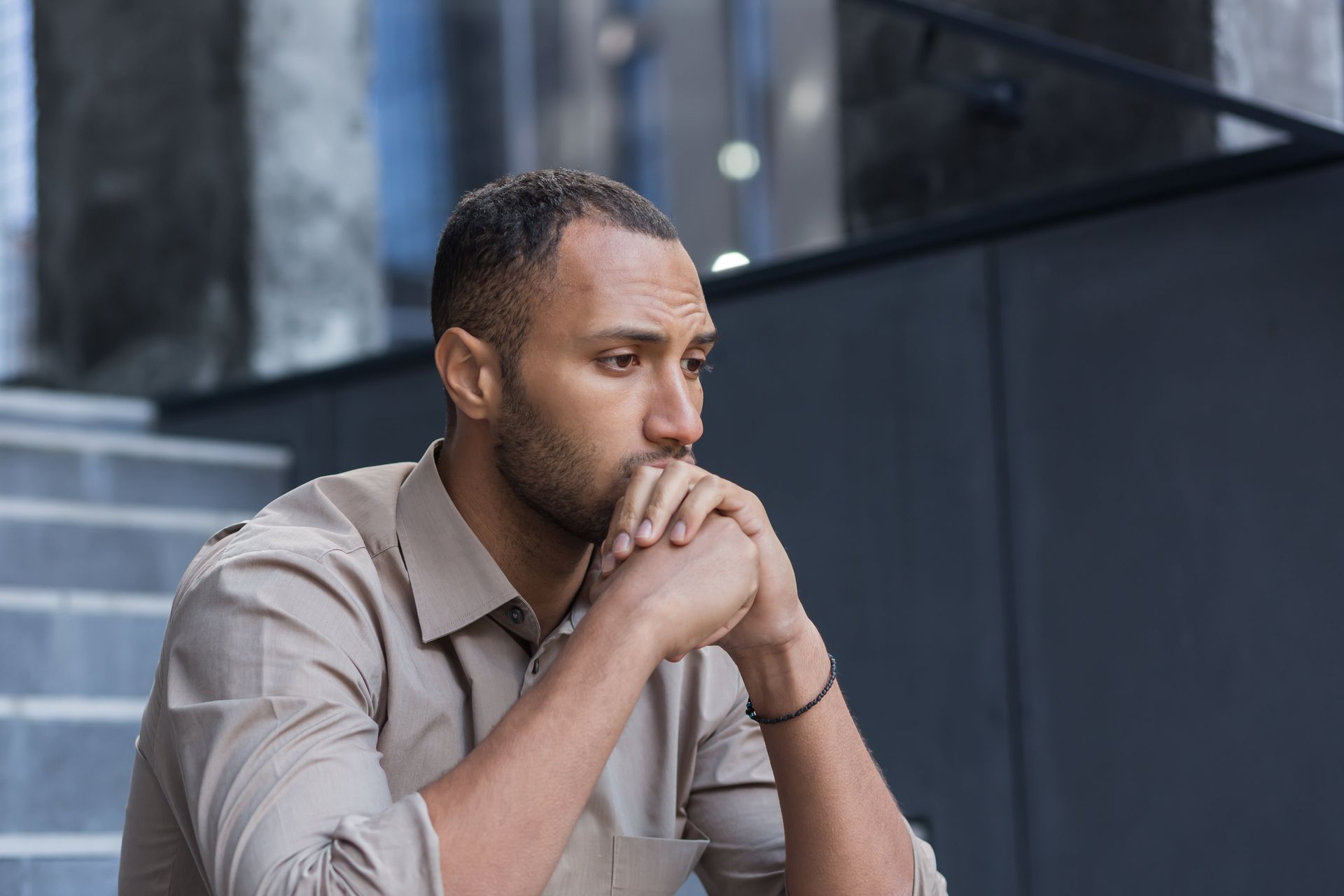
“Anxiety is not just in your head, it’s a full-body experience shaped by your brain, nervous system, and lived experiences.”
What Does Anxiety Feel Like?
If you’ve ever felt your chest tighten, your heart race, or your mind spiral with “what ifs,” you might have asked yourself: Is this anxiety?
For many people, anxiety doesn’t look like the stereotypes we see in movies. It can be subtle, hidden, or even mistaken for medical issues. Some people describe constant stomach pain, others say they can’t stop worrying, while others function “normally” but feel like they’re always on edge.
As a trauma-informed, anxiety therapist supporting South Asian, immigrant, and BIPOC clients, I often hear stories every day about how anxiety feels. While you always want to rule out underlying medical conditions, what’s important to remember is this: Anxiety is real. It’s valid, and it’s your body and mind asking for care.
Too often, we ignore red flags or push off self-care until it's too late.
Anxiety in the Body
When your brain perceives stress, your body enters “fight or flight” mode, even if the threat is just an upcoming work deadline, a difficult conversation, or a family conflict.
Physical signs of anxiety may include:
- Racing heartbeat or palpitations
- Shortness of breath or shallow breathing
- Stomach distress or nausea
- Muscle tension and headaches
- Sweating and shaking
“In many cultures, anxiety speaks through the body before it speaks through words.”
Find support with a therapist near you. Explore Anxiety Therapy in Etobicoke
Anxiety in the Mind
While your body sends alarms, your mind races to keep up.
Mental symptoms of anxiety include:
- Intrusive “what if” thoughts
- Overthinking small details
- Difficulty focusing at work
- Sleep problems
- Irritability or being “on edge”
High-functioning professionals often describe anxiety as being “always on.” From the outside, they look calm and capable. Inside, their mind never stops running.
Why Anxiety Feels Different for Everyone
- Cultural pressures: South Asians, BIPOC, and immigrants may carry expectations of perfection.
- Family patterns: Dismissed emotions (“stop worrying”) push anxiety underground.
- Life stage: Young adults may feel pressure to perform; parents may feel constant worry.
How Therapy Helps You Understand Anxiety
- CBT/DBT: Shifts anxious thoughts into balanced ones.
- Somatic tools: Breathing and grounding to calm the body.
- Mindfulness: Helps you notice thoughts without being consumed.
- Culturally sensitive therapy: Creates safety around family/community dynamics.
Explore different options with a therapist near you.
Final Thoughts
If you’ve been wondering what anxiety feels like, remember: it looks and feels different for everyone. Whether in your body, your thoughts, or both, it’s your nervous system’s way of asking for care.
At Empowering Roots Therapy, I help South Asian, immigrant, and BIPOC clients understand and manage anxiety with compassion. If you find yourself experiencing any of these anxiety symptoms and would like to explore them with a therapist near you, Book a Free 20-minute Consultation today.
Recent Posts
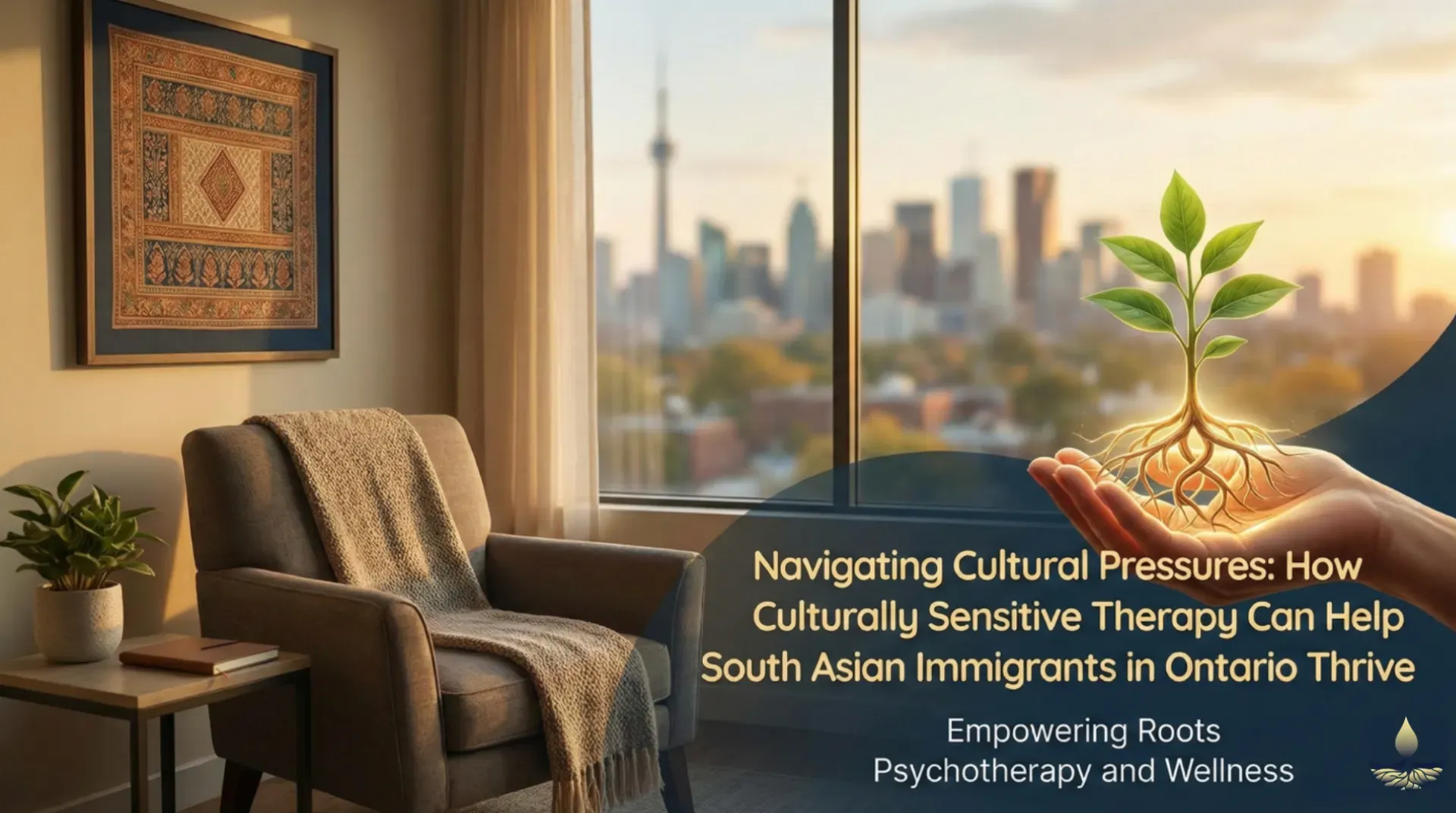

Why Somatic Therapy Might Be the Missing Piece in Healing Anxiety for South Asian & Immigrant Adults

Are you Looking For a Therapist Who Works With The South Asian Population in Ontario?
Finding a therapist who understands the unique pressures, fears, and challenges faced within the South Asian community can make all the difference in your healing journey. I know that cultural expectations, family dynamics, and personal struggles often feel overwhelming and can sometimes make it hard to reach out for support.
In my practice, I bring a deep understanding of these experiences, offering a space where you can feel truly seen, heard, and supported without judgment. Together, we’ll work toward breaking cycles, setting boundaries, and finding ways to honor your own needs while respecting your roots.
If you're ready to explore how therapy can support you, I invite you to book a free 15-minute consultation. Let’s talk about how we can work together to help you find relief, strength, and clarity.


